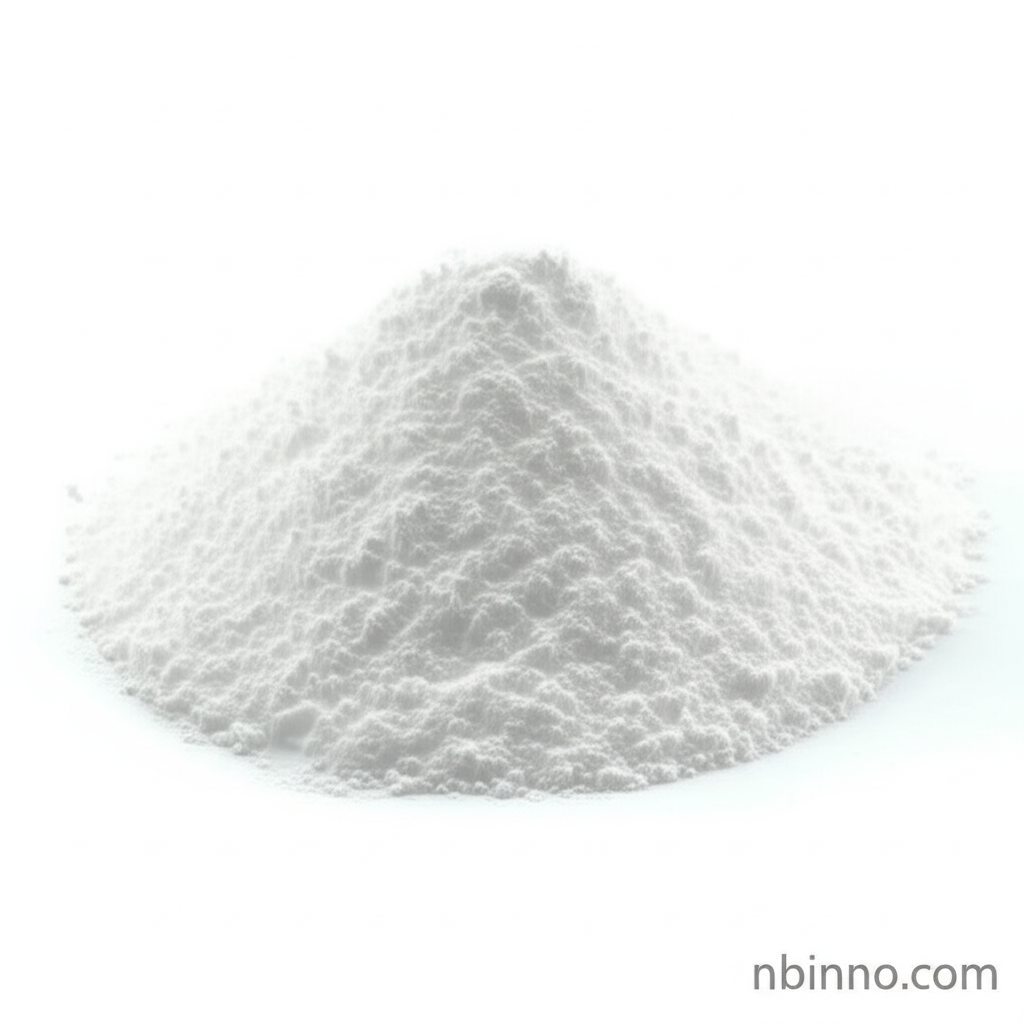Phthalimidoacetaldehyde: A Key Intermediate for Advanced Organic Synthesis and Pharmaceutical Development
Unlock new possibilities in chemical synthesis and drug discovery with this vital organic intermediate.
Get a Quote & SampleProduct Core Value

Phthalimidoacetaldehyde
Phthalimidoacetaldehyde (CAS: 2913-97-5) is a critical intermediate in organic synthesis, renowned for its phthalimide core and reactive aldehyde functional group. This unique structure makes it an indispensable building block for creating complex organic molecules, particularly within the pharmaceutical sector. Its utility is prominently demonstrated as a key intermediate in the synthesis of Rucaparib, a significant pharmaceutical compound.
- Leverage phthalimidoacetaldehyde for sophisticated organic synthesis, enabling the construction of intricate molecular architectures.
- Utilize this key building block in pharmaceutical intermediate applications, streamlining the production of vital drug compounds.
- Explore the potential of this compound in advanced medicinal chemistry research, driving innovation in drug discovery and development.
- Incorporate Phthalimidoacetaldehyde in your R&D pipeline to achieve efficient and targeted synthesis of high-value chemicals.
Advantages of Using Phthalimidoacetaldehyde
Versatile Reactivity
The aldehyde group on Phthalimidoacetaldehyde offers diverse reaction pathways, including nucleophilic additions and reductive aminations, crucial for organic synthesis.
Pharmaceutical Synthesis Pathway
As a vital pharmaceutical intermediate, it plays a critical role in the efficient synthesis of compounds like Rucaparib, reducing development time and costs.
Driving Medicinal Chemistry Innovation
Its unique structure makes it a valuable tool for medicinal chemistry research, allowing for the exploration of new therapeutic agents and enhanced biological activities.
Key Applications
Organic Synthesis
Phthalimidoacetaldehyde is extensively used as a building block for creating complex organic molecules, offering predictable reactivity for various synthetic transformations.
Pharmaceutical Intermediate
It serves as a critical intermediate in the manufacturing of active pharmaceutical ingredients (APIs), significantly contributing to drug development pipelines.
Medicinal Chemistry Research
The compound's derivatives are investigated for their potential biological activities, including antimicrobial and anticancer properties, aiding in the discovery of new treatments.
Material Science
Its properties are being explored for applications in organic electronics, contributing to the development of advanced materials with specific functionalities.
